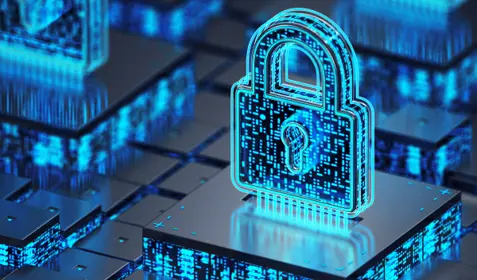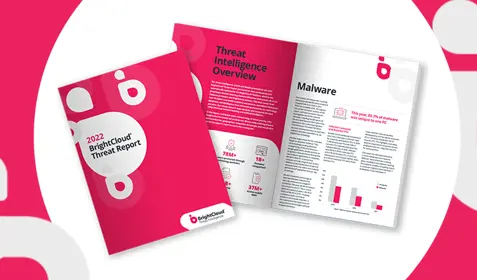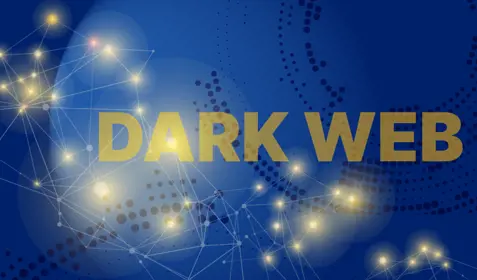Many headlines in recent months have been dedicated to ransomware computer viruses and their many victims. Just this week, a global malvertising scheme put millions at risk for ransomware. But how much do you really know about ransomware and the threat it poses to you – or your organization?
Ransomware refers to any malicious computer virus that encrypts your digital files and allows the sender to demand that you pay a hefty ransom to get them back. The cybercriminals who spread ransomware typically request that the ransom be paid in the form of bitcoins, a relatively new form of digital currency that’s notoriously difficult to track. Ransomware in its various forms has been around since 1989, and it shows no signs of slowing down.
Here are five reasons why everyone who uses a computer and stores any type of data on it should be concerned about ransomware – and concentrate on preventing it.
1. Attacks are on the rise
Ransomware is a booming underground industry and there has been a surge in attacks in recent years. In 2015, ransomware infections grew by 113% over the previous year, with perpetrators demanding an average of $300 to give people their files back, according to the Symantec Internet Security Threat Report.
2. Cybercriminals do not discriminate
The criminals responsible for ransomware are willing to victimize anyone regardless of how dangerous it may be. Need proof? Just ask the employees at Hollywood Presbyterian Medical Center in Los Angeles.
The hospital made national headlines when after a ransomware attack halted critical machines responsible for everything from CT scans to lab and pharmacy work. The staff was forced to revert to pen and paper for crucial record keeping, and incoming patients had to be diverted to other hospitals. Hollywood Presbyterian ended up paying $17,000 in bitcoins to regain access to IT systems.
3. Attacks are getting more sophisticated
Most ransomware infections occur when the victim clicks a link in an email or opens an attachment that unleashes the virus. In the early days of ransomware, these emails were often sloppy, full of typos and fairly easy to identify as a scam. But that’s not the case anymore. Cybercriminals today have more sophisticated tools at their disposal and the phony emails they send may seem like normal correspondence from friends, family or business partners.
At the same time, cybercriminals around the world have learned to work together. These days, you don’t even have to be technically savvy to launch a ransomware attack. Thanks to Ransomware-as-a-Service (RaaS) sites on the deep Web, anyone can launch an attack if they’re willing to let other criminals share in the profits.
Prevention is still the best way to avoid a ransomware attack. Firewall protection and security software are crucial components in a ransomware-prevention strategy, but they won’t guarantee protection. When prevention methods fail, the best way to regain access to your data is by having a backup plan in place.
4. Mac users are now on the ransomware target list
Apple Macintosh computers have long had a reputation for being safe and secure – but that doesn’t mean Mac users are completely immune to ransomware. Experts believe the first-ever ransomware attack against Apple Macintosh OS X users was launched earlier this month. The attack was quickly shut down, but you can bet that cybercriminals are already thinking of new ways to go after Mac users.
5. It’s more than just PCs at risk
While Windows PC users are the most common targets, the ransomware epidemic has gotten worse in recent years due to the popularity of mobile devices like smartphones and tablets. Additionally, there are several ransomware viruses that have been known to target Android and Linux users.










